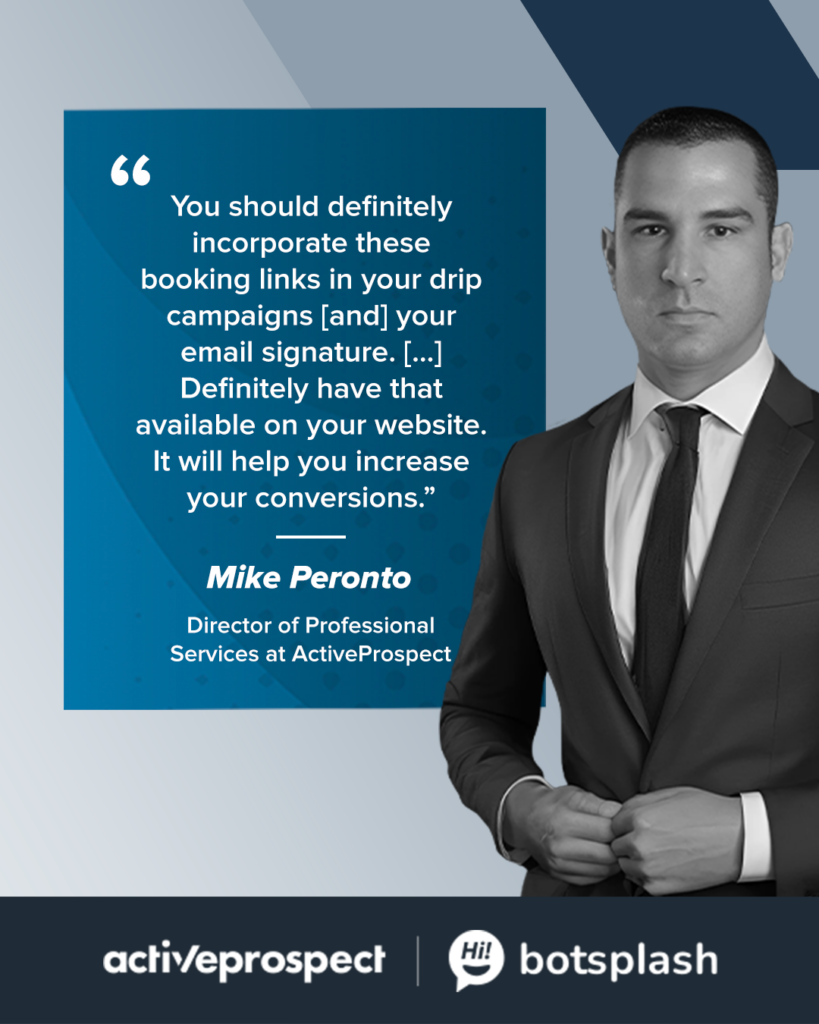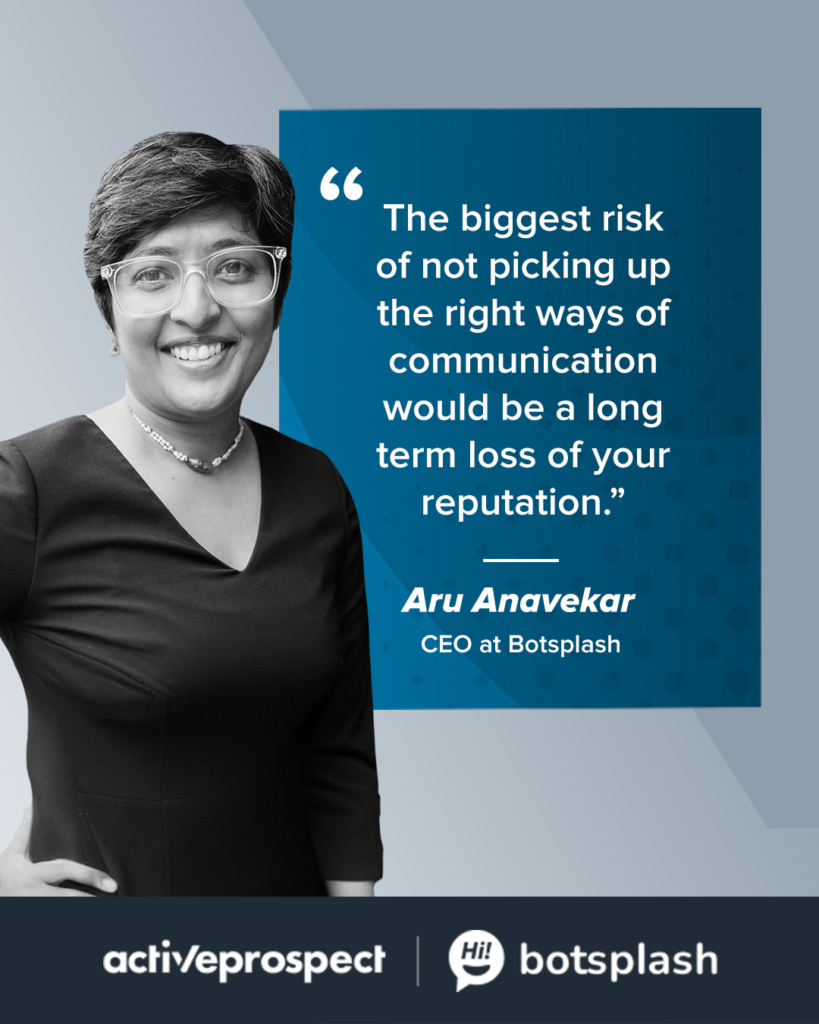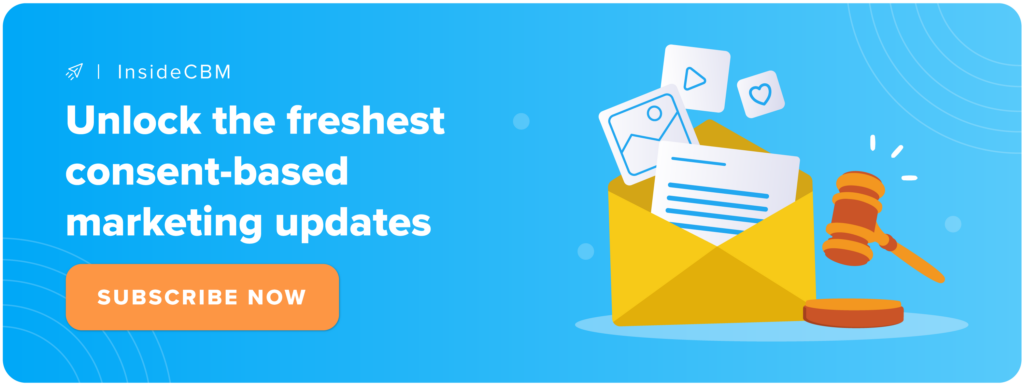How to enhance compliance & customer engagement in live chat interactions

In our recent webinar “Prioritize notice & consent with innovative chat & text solutions,” our Director of Professional Services, Michael Peronto, and our Director of Privacy, Security, and Compliance, Benjamin Farrar, had the chance to sit down with Aru Anavekar, CEO at Botplash, to discuss the impacts of updated FCC regulations on the telecom industry.
Our expert speakers shed light on text messaging, live chat interactions, and appointment scheduling, providing crucial guidance on navigating new compliance standards, verifying customer consents, catering to a variety of customer communication preferences, and fostering enhanced engagement between customers and companies for improved conversion rates.
A quick recap of the past six months
Since we are now halfway through the implementation period allowed by the FCC before the one-to-one consent rule goes into effect in January 2025, let’s recap the four major compliance milestones that got us here.
1. January 2024: FCC TCPA updates
The top agenda item was the recent FCC TCPA update, approved in January 2024, titled “Targeting and eliminating unlawful text messages and advanced methods to target and eliminate unlawful robocalls.”
Key changes included the introduction of one-to-one consent requirements and new recordkeeping mandates, requiring both lead sellers and buyers to maintain proof of lead consent for contact transactions.
Additionally, the update introduced a new concept termed “logical and topical,” which pertains to consumer interactions and the objectives of websites, particularly in the contexts of sales and lead generation.
Following that, text messages have been explicitly incorporated into the national Do Not Call (DNC) program. Additionally, the FCC now has enhanced authority to require mobile carriers and VoIP services to block unwanted number traffic. There are additional requirements applicable to telecom carriers related to monitoring and flagging communication traffic on their networks.
The compliance deadline is set for January 27, 2025. However, it’s important to note the critical periods of 30, 60, and 90 days before the deadline, during which retroactive consent might be applied, not just on the deadline itself.
2. February 2024: Consumers can block robocalls & robotexts
The second major development was the FCC’s decision in February 2024 to empower consumers to block robocalls and robotexts, often referred to as the “revoking consent” update.
This allows consumers to use any reasonable means or language to indicate their desire to stop receiving calls or texts or to opt out. Companies are required to comply with these do not call and revocation of consent requests as quickly as possible, and no later than 10 business days from receiving the request. This applies to both marketing and informational messages.
Although the key deadline for this was indefinitely delayed, legal experts, including Benjamin’s colleagues, suggest marking October 2024 as a potential month for its revival. The FCC is expected to enforce this rule promptly, so October could be a significant month. We’re keeping a close watch on this.
3. February 2024: The use of AI voice requires prior express written consent
The third item is the FCC TCPA update concerning the implications of artificial intelligence (AI) technologies in protecting consumers from unwanted robocalls and robotexts.
The FCC has clarified that the TCPA covers AI technologies that produce human-like voices, a decision announced in February 2024. A significant outcome of this update is that the use of AI-generated voices in calls requires prior express written consent, emphasizing the importance of clear notice and opt-in language. The critical compliance date for this was February 8, 2024, which has already passed. It’s important to review your notice and opt-out language to ensure compliance.
4. March 2024: FTC TSR rule update
Lastly, the FTC has updated the Telemarketing Sales Rule (TSR). Key updates include expanded record-keeping requirements for calling records. New mandatory fields now include a record of consent for contact transactions.
Additionally, the period for retaining records has been extended from two years to five years. The FTC now has enhanced authority to investigate and address deceptive business-to-business (B2B) calls, an area they previously could not tackle as effectively.
The critical deadline for these changes is October 15, 2024, which is rapidly approaching.

Now that you have a clear understanding of how we got here and what we should look forward to over the next six months, let’s focus on our main topic.
Why you should use live chat and appointment booking tools
As Aru explains, one key reason is that many digital marketers often purchase leads from a lead aggregator or marketplace. In such scenarios, the clarity of consent obtained may not be sufficient for the person attempting to engage or make a purchase of services and products.
Implementing a live chat feature can help in re-verifying and re-collecting consents directly on behalf of the brand. For instance, if you are operating within a marketplace and have a landing page, incorporating a chat feature that allows potential customers to confirm, ‘yes, I do want to chat with someone from your brand,’ enhances the confidence that the engagement is genuinely initiated by the customer.
As Aru continues to explain, a frequent issue arises when individuals use booking links to schedule appointments under someone else’s name. It’s crucial to ensure that you have proof that the person making the appointment is not only recorded in the CRM but has also given consent multiple times to engage with you.
A common oversight, particularly when targeting a database – whether through email or attempting to re-engage past customers – is failing to recognize that they may have opted out, yet your system still indicates they are opted in. Utilizing live chat or a tool like BookMe – Botsplash’s scheduling app – can help in these situations. When these customers initiate contact again, it’s not just obtaining fresh consent; you can also document this renewed consent to continue the dialogue. In addition, brands looking to improve customer engagement and optimize costs are increasingly turning to customer service outsourcing in the Philippines. By combining the expertise of a dedicated outsourced team with live chat solutions, businesses can ensure a seamless, responsive experience for their customers while maintaining a scalable and cost-effective operational model.
Therefore, according to Aru, these tools are essential in optimizing the conversion and closure of the leads you already have, enhancing efficiency in the process.
To this regard, Michael offers his personal experience. Having utilized Botsplash before, he discovered numerous benefits from integrating chat functionality into his previous company’s website. For instance, he observed a significant improvement in overall conversion rates. There was a noticeable decrease in the number of visitors leaving the pages, as more people began to engage directly with the chat feature.
This interaction provided an opportunity for potential customers to ask questions and become more comfortable with the organization. As they started to view the organization as an expert, they felt ready to proceed with applications within the platform. Additionally, Michael noted that younger generations seemed much more at ease with using chat for engagement.

Live chat tips & tricks
1. Use chat to better understand your audience
As Aru says, visitors often come to your website to familiarize themselves with your brand. Having a chat feature available, particularly after hours, makes it more likely that they will initiate a conversation. This allows the chat to serve as a knowledge base. These are low-intent customers who are primarily interested in learning more about your product, your processes, and the types of documents you collect, among other things.
At this stage, you are merely providing them with information, without collecting their contact details or converting them into successful leads.
2. Include a chat link in your emails
Another scenario portrayed by Aru involves purchasing a lead from a marketplace. You’ve sent them emails and contact information, but they haven’t engaged with these communications.
When they eventually view the emails, including a signature that invites them to “chat with a live agent” or mentions “our agents are always ready for a live chat” can positively influence their perception. It reassures them that they don’t need to avoid phone calls or block numbers; instead, they can initiate contact on their own terms when it suits them. This approach has been shown to increase conversions and inbound traffic.
3. Be mindful of your audience’s preferred times to chat
According to Aru’s experience, some consumers prefer not to use scanning devices or take photos, but would rather upload documents directly. Many find it advantageous to log in through a chat interface to upload and provide these documents.
Interestingly, chat activity peaks between 7PM and 1AM local time, a period when typically no one expects an agent to be available. Aru advises to keep your staff on hand during these hours. If staffing is an issue, she recommends setting up automated responses to ensure that customers do not experience frustration.
4. Use chat to train your newest agents
As Michael suggests, when customers navigate your website and interact with the chat widget, they often pose questions that provide an excellent learning opportunity for newer team members.
Unlike phone calls, where immediate responses are necessary, chat allows these team members to consult internal documents or ask colleagues to ensure they provide accurate answers. This interaction also helps them anticipate the types of questions that might arise in future live calls or email exchanges.
5. Use chat to answer FAQs
According to Michael, chat is particularly effective for addressing frequently asked questions (FAQs). For instance, if customers frequently inquire about payment processes or how to register for certain services, these can be incorporated as menu options within the chat tool. These frequently asked questions may also include details on the creation process of invoices. Using a customizable invoice template allows for efficient responses to inquiries. When customers open the chat, they can select the relevant query and receive information right away, eliminating the need for phone calls or leaving messages.
Overall, chat serves multiple purposes: It’s a training tool, a sales enhancer, and a support mechanism for addressing common customer queries.
Where you should place your appointment booking link
As Aru advises, the appointment booking link should be included in every agent’s email signature. If you’re utilizing third-party tools like HubSpot or any email generation tools, it’s crucial to embed either a specific agent’s agenda or a general link for booking meetings with your team in your emails.
You can also send these appointment booking links via text messages directly from the agent. When doing so, Aru suggests using a URL shortener. This not only helps in keeping track of tracking parameters but also prevents the URL from breaking and keeps the message concise, which is particularly useful in maintaining the character limit of text messages.
Furthermore, Aru advises to leverage your social media platforms. Whether it’s TikTok, LinkedIn, or any forums where you engage, embedding a booking link there is highly recommended to facilitate easy appointment setting.

Things to consider from a compliance perspective related to chat and appointment scheduling tools
There are a couple of key points to consider, with consent being the primary focus.
It’s crucial to ensure that consent is obtained, and while including a disclaimer in the footer like “by scheduling this appointment, you consent” is a good start, Aru believes it’s better to seek consent multiple times throughout the process rather than not at all. To aid in compliance, BotSplash enables its clients to customize their chat widgets to alert users from the outset that their interactions will be recorded and logged.
Another aspect BotSplash assists with is the placement of disclosures. Depending on the client’s needs, these can appear at the beginning of a chat, beneath a form, or alongside a checkbox when personally identifiable information (PII) is collected, ensuring that customers are aware and have acknowledged the information. The chat widget also supports the inclusion of privacy links directly within the interface.
Aru is committed to ensuring that her clients provide consent at multiple stages and display disclaimers as needed, based on their specific requirements. This approach helps in maintaining compliance and reducing risk related to regulatory requirements. She emphasizes obtaining consent and displaying disclaimers as crucial elements in this process.
How to obtain and store proof of consent with TrustedForm
TrustedForm is the ultimate compliance solution for documenting TCPA consent on digital lead capture forms. It reduces compliance risk by documenting proof of TCPA consent and ensures your certified contacts have requested communication.
Use TrustedForm Certify to generate a certificate of lead authenticity that shows exactly when and where consent to contact was obtained. Then use TrustedForm Retain to store that certificate for 5 years so that you can access it in case you need it to mitigate TCPA litigation.
Start certifying leads now! All you need to do is:
- Sign up for a free ActiveProspect account.
- Copy the TrustedForm web SDK JavaScript snippet.
- Paste it into your web forms.

What are the risks of doing nothing to prepare for the FCC’s one-to-one consent in regards to text messaging?
As Aru explains, just like individuals have credit scores, businesses also have a business credit score. Carriers check this score and, based on the business’s reputation and past behaviors in texting and calling, set daily and weekly limits on how many texts and calls a business can make.
No platform will explicitly tell you that your score limits you to, for example, 200 texts per day, but carriers will stop delivering your messages once you reach that limit. Not adhering to TCPA regulations can hurt your conversion rates because undelivered messages mean no responses from customers, who remain unaware that you attempted to contact them.
Another critical aspect to monitor – according to Aru – is opt-out rates, which carriers manage stringently. For instance, if you send 100 text messages, carriers typically allow only two opt-outs. If you’re sending mass texts to new leads or an old database, and recipients aren’t expecting these messages, they are likely to opt out or mark your messages as spam. This can negatively impact your business credit score, harm your reputation, and lead to carriers shutting off your text and calling services.
In case that happens, carriers provide a five-day window for you to submit proof of compliance and potentially reactivate your campaign if you face a full suspension. For partial suspensions, you have up to two weeks to resolve issues, during which you cannot send texts or make calls. A second violation could lead to permanent suspension and loss of your phone numbers, making any incoming texts or calls from customers one-sided as you won’t be able to respond.
Therefore, as Aru explains, it’s crucial for businesses to avoid short-term risks to boost response rates, considering the long-term risk of being completely shut down for two to three weeks, which could be significantly more damaging.

Final thoughts
Here are the key takeaways from our webinar “Prioritize notice & consent with innovative chat & text solutions,”:
- Navigating recent FCC updates regarding consumer consent and related TCPA regulations is crucial for lead generation and performance marketing industries.
- Using live chat and appointment booking tools like Botsplash’s BookMe can help businesses collect and re-verify consents, enhancing their confidence in the leads they generate.
- Proper use of live chat and appointment scheduling tools can enhance customer interaction and lead generation.
- Businesses need to be aware of their opt-out rates and ensure they are not exceeding carrier thresholds to avoid being blocked or having their text messages undelivered.
Watch the entire episode now! And if you’d like to never miss a TCPA, FCC, FTC update, subscribe to InsideCBM now. You’ll receive all the information you need straight in your inbox.

DISCLAIMER: This page and all related links are provided for general informational and educational purposes only and are not legal advice. ActiveProspect does not warrant or guarantee this information will provide you with legal protection or compliance. Please consult with your legal counsel for legal and compliance advice. You are responsible for using any ActiveProspect Services in a legally compliant manner pursuant to ActiveProspect’s Terms of Service. Any quotes contained herein belong to the person(s) quoted and do not necessarily represent the views and/or opinions of ActiveProspect.

